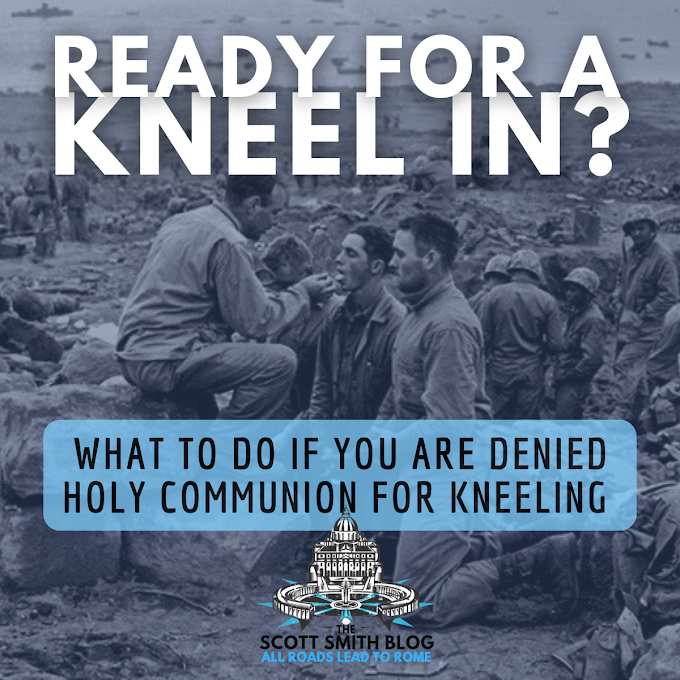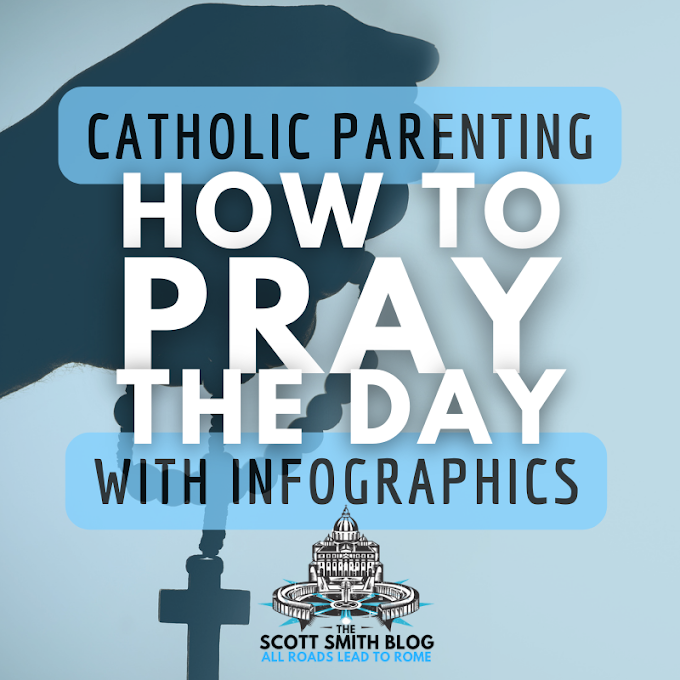Altar rails? Aren't those a pre-Vatican II thing? An old-fashioned, antiquated church concept?
Altar rails aren't just from the 1950s. Did you know the liturgical tradition of the altar rail is not antiquated, but ancient?
Did you know altar rails even predate JESUS?
I have been studying and uncovering the riches of the Mishnah recently. The Mishnah is the ancient collection of Jewish traditions. Tradition is a pillar of Judaism, just as it is in Christianity -- at least Catholic and Orthodox Christianity.
The slaughter of the Passover lambs in the Mishnah is fascinating! There is rich theology here pointing to the Eucharist, and even why we should receive the Eucharist kneeling and on the tongue. This will be the subject of future articles, as well.
In this post you will learn
The Slaughter of the Passover Lambs
... found the number of sacrifices [in Jerusalem at Passover circa 4 BC] was two hundred and fifty-six thousand five hundred [256,500 lambs]; which, upon the allowance of no more than ten that feast together, amounts to two million seven hundred thousand and two hundred persons that were pure and holy was 256,500 lambs.
The Communion Lines in the Temple in Jerusalem
The paschal lamb is slaughtered in three groups, for it says 'the whole community of the congregation of Israel shall slaughter it' - community, congregation and Israel. The first group would come in, the courtyard would be filled and the doors of the courtyard would be closed. They would sound Teki'ah-Teru'ah -Teki'ah. The priests would be standing in many lines holding basins of silver and gold: one line entirely silver, one line entirely of gold; nor were they mixed. The basins had no base so that they could not be set down [since] thus the blood would congeal.
The lines of men were met with lines of priests. The priests would collect the blood from the slaughtering of the lambs in golden chalices.
One Rabbinic explanation of this passage provides the following:[3]
The main and largest courtyard of the Bet Mikdash was the so-called 'Courtyard of Women'. Here all the people assembled with their lambs and their numbers must have been formidable. When the time came to commence the process of slaughtering the great Nicanor Gate which gave access to the Courtyard of the Priests was opened and the people began to surge forward, up the fifteen steps that led up to the gate and into the holy Courtyard ...
When the people were admitted to the holy courtyard they found rows of priests already present and waiting for them. Each row of priests consisted of men holding basins of gold or silver. These basins were to hold the blood of the paschal sacrifice, which was to be sprinkled on the side of the main altar ...
The Misnah continues to describe in great detail the preparation of the lambs, their skinning, etc. Very gruesome, if you're not acquainted with this sort of thing.
But we've finally arrived at the Altar rail part ...
Did you notice the different courtyards? Guess what divided the Israelites from the Courtyard of the Priests?
The Altar Rail of the Courtyard of the Priests in the Jerusalem Temple
The Jewish men at Passover would each be carrying a lamb to the Courtyard of Priests. They would process from the Courtyard of the Israelites to the Courtyard of the Priests, stopping at the border of the Courtyard of the Priests.
Here is a map of the Jerusalem Temple. The area of focus is highlighted in yellow. I have also added a red dotted line to mark the separation between the Court of the Israelites and the Courtyard of the Priests (or "Priests Court"):
Do you see the dividing line between the Courtyard of the Israelites (the laymen) and the Courtyard of the Priests.
The First Altar Rail
This dividing line is further described in the Mishnah Middot 2. This section of the Mishnah is translated by the Talmudic scholar Dr. Joshua Kulp, who helped guide me in the writing of this article:[4]
The Court of Israel was a hundred
and thirty-five cubits in length by eleven in breadth. Similarly, the Court of
the Priests was a hundred and thirty-five cubits in length by eleven in
breadth. And a row of mosaic stones separated the Court of Israel from the
Court of the Priests. Rabbi Eliezer ben Jacob says: there was a step a cubit high on which a
platform was placed, and it had three steps each of half a cubit in height. In
this way the Court of the Priests was made two and a half cubits higher than
that of Israel.
What was that "row of mosaic stones" and "step a cubit high"?
THE FIRST ALTAR RAIL.
There you have it.
The terminus of all those original communion lines ...
The place where the necks of the lambs would be stretched out ...
The place where the men of Israel knelt before the priests of Israel ...
It was at the Temple's Altar Rail.
Footnotes on the Jewish Roots of the Altar Rail
“The mystery, then, of the lamb which God enjoined to be sacrificed as the passover, was a type of Christ; with whose blood, in proportion to their faith in Him, they anoint their houses, i.e., themselves, who believe on Him. For that the creation which God created—to wit, Adam—was a house for the spirit which proceeded from God, you all can understand. And that this injunction was temporary, I prove thus. God does not permit the lamb of the passover to be sacrificed in any other place than where His name was named; knowing that the days will come, after the suffering of Christ, when even the place in Jerusalem shall be given over to your enemies, and all the offerings, in short, shall cease; and that lamb which was commanded to be wholly roasted was a symbol of the suffering of the cross which Christ would undergo. For the lamb, which is roasted, is roasted and dressed up in the form of the cross. For one spit is transfixed right through from the lower parts up to the head, and one across the back, to which are attached the legs of the lamb. And the two goats which were ordered to be offered during the fast, of which one was sent away as the scape [goat], and the other sacrificed, were similarly declarative of the two appearances of Christ: the first, in which the elders of your people, and the priests, having laid hands on Him and put Him to death, sent Him away as the scape [goat]; and His second appearance, because in the same place in Jerusalem you shall recognise Him whom you have dishonoured, and who was an offering for all sinners willing to repent, and keeping the fast which Isaiah speaks of, loosening the terms of the violent contracts, and keeping the other precepts, likewise enumerated by him, and which I have quoted, which those believing in Jesus do. And further, you are aware that the offering of the two goats, which were enjoined to be sacrificed at the fast, was not permitted to take place similarly anywhere else, but only in Jerusalem.















1 Comments
I know I'm in the right place now, but it's a bit odd that my old Protestant church seemed more reverent sometimes!!